




+
+
+
+











Zero-Carbon road map
Where will our energy come from in the future? What carbon footprint will it have? A look at tomorrow’s energy landscape.

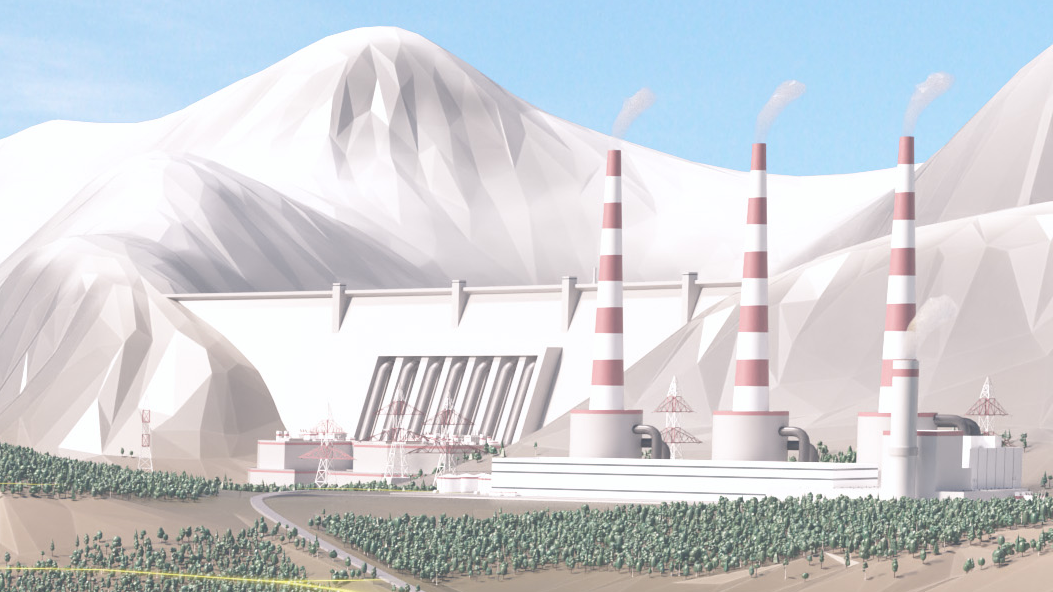
Source:
Wind, solar, hydropower, biomass, natural gas with carbon capture, and nuclear energy—many low-carbon energy sources will play a key role in the energy mix of the future.
Wind, solar, hydropower, biomass, natural gas with carbon capture, and nuclear energy—many low-carbon energy sources will play a key role in the energy mix of the future.
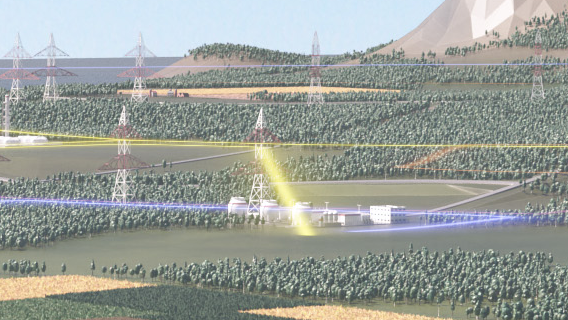
Conversion:
Many forms of energy or raw materials cannot be used directly but must first undergo conversion. Two examples: electrical energy that is not needed immediately can be converted into hydrogen via electrolysis, or biomass can be converted into biogas.
Many forms of energy or raw materials cannot be used directly but must first undergo conversion. Two examples: electrical energy that is not needed immediately can be converted into hydrogen via electrolysis, or biomass can be converted into biogas.
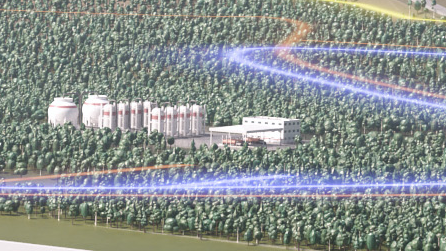
Grid and storage:
Energy is often produced centrally in large plants and transported from there to a wide range of users. In the case of chemical energy carriers, such as hydrogen or e-fuels, the grid / network can also act as storage. When it comes to electricity, the grid acts exclusively as a means of transmission.
Energy is often produced centrally in large plants and transported from there to a wide range of users. In the case of chemical energy carriers, such as hydrogen or e-fuels, the grid / network can also act as storage. When it comes to electricity, the grid acts exclusively as a means of transmission.
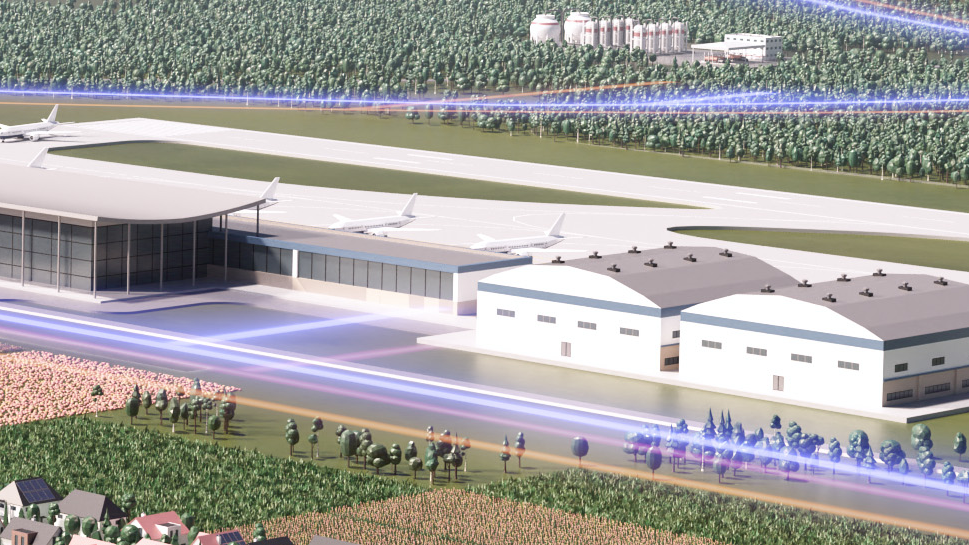
Usage:
In the mobility sector, all forms of energy—electricity, hydrogen, e-fuels / biofuels, and biogas—will play an important role in the medium term. Each has its own advantages. Irrespective of the application and mobility concept concerned, MAHLE offers solutions for the mobility of the future.
In the mobility sector, all forms of energy—electricity, hydrogen, e-fuels / biofuels, and biogas—will play an important role in the medium term. Each has its own advantages. Irrespective of the application and mobility concept concerned, MAHLE offers solutions for the mobility of the future.
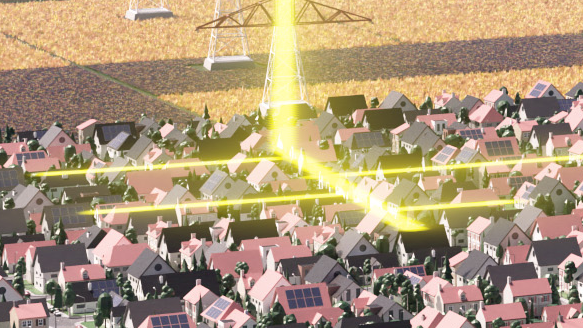
Electricity:
zero_carbon electricity is the key to achieving climate neutrality. It can be obtained from wind, hydropower, or solar power. However, to keep the grid stable, supply and demand must be balanced, or the electricity must be temporarily stored in hydrogen by means of electrolysis. In the mobility sector, the direct use of electricity in battery electric drives is especially suited to lighter vehicles and shorter distances.
zero_carbon electricity is the key to achieving climate neutrality. It can be obtained from wind, hydropower, or solar power. However, to keep the grid stable, supply and demand must be balanced, or the electricity must be temporarily stored in hydrogen by means of electrolysis. In the mobility sector, the direct use of electricity in battery electric drives is especially suited to lighter vehicles and shorter distances.
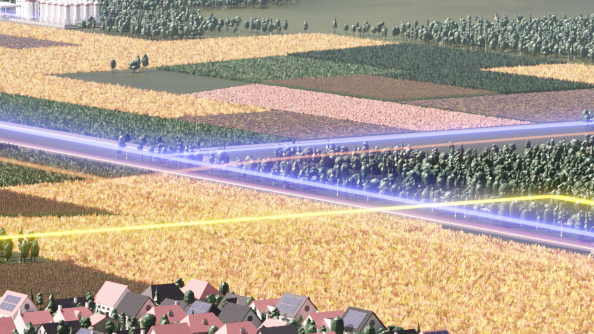
Hydrogen:
Hydrogen will be a key component of the future energy mix. In the mobility sector, it can be used directly in fuel cells or internal com-bustion engines. Thanks to its high energy density, it is an excellent choice, especially for long-haul transportation. In industrial sectors, such as steel or chemicals, hydrogen has great potential to help reduce CO2 emissions. It can also be used to store electricity from volatile renewable energies or as a key ingredient in synthetic fuels.
Hydrogen will be a key component of the future energy mix. In the mobility sector, it can be used directly in fuel cells or internal com-bustion engines. Thanks to its high energy density, it is an excellent choice, especially for long-haul transportation. In industrial sectors, such as steel or chemicals, hydrogen has great potential to help reduce CO2 emissions. It can also be used to store electricity from volatile renewable energies or as a key ingredient in synthetic fuels.
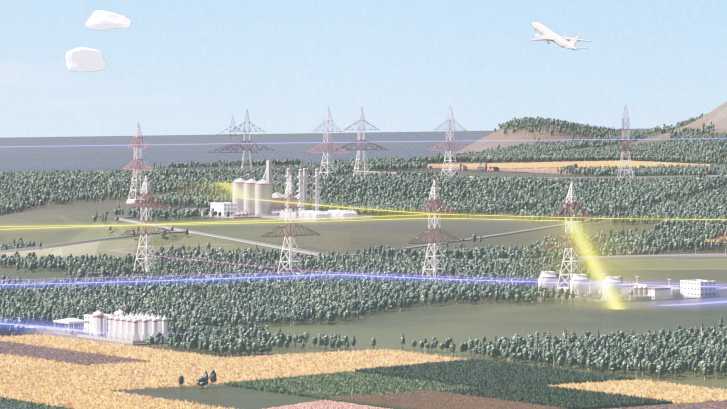
E-fuels / biofuels:
Biofuels and e-fuels produced using renewable energies offer a promising opportunity to use both the current infrastructure and the current vehicle fleet to reduce CO2 emissions right away through their use as admixtures, for example.
Biofuels and e-fuels produced using renewable energies offer a promising opportunity to use both the current infrastructure and the current vehicle fleet to reduce CO2 emissions right away through their use as admixtures, for example.
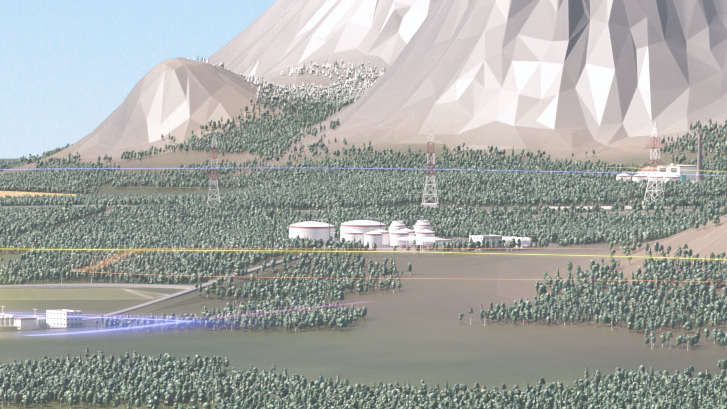
Gas:
Gas produced from biomass can be fed into the existing gas and stor-age network and then used in a range of applications, for example, to operate buildings or large marine engines. In addition, its use in gas-fired power plants to generate electricity contributes to stabilizing the power grid.
Gas produced from biomass can be fed into the existing gas and stor-age network and then used in a range of applications, for example, to operate buildings or large marine engines. In addition, its use in gas-fired power plants to generate electricity contributes to stabilizing the power grid.